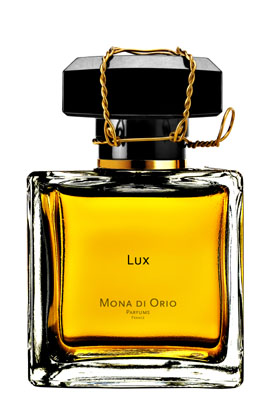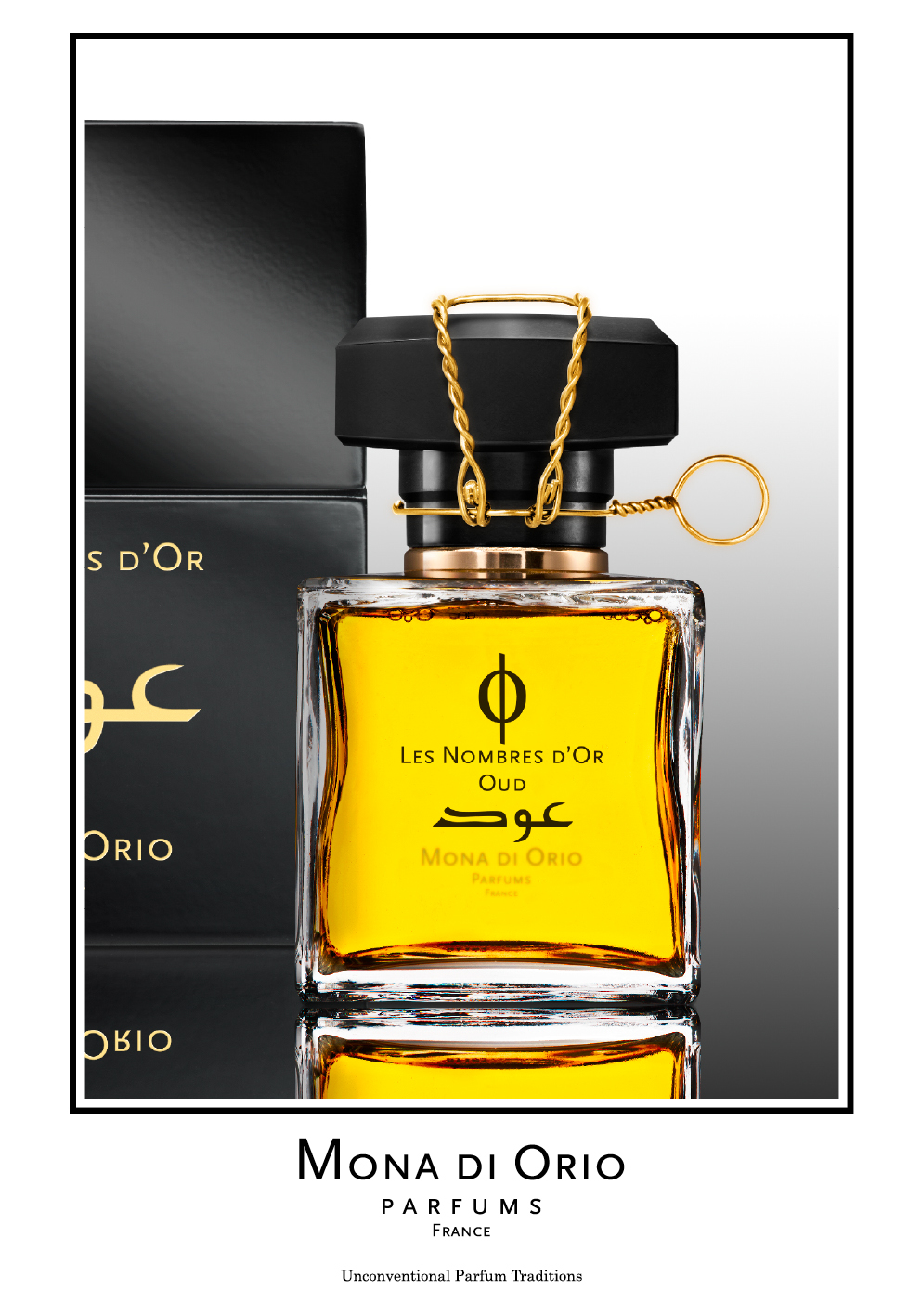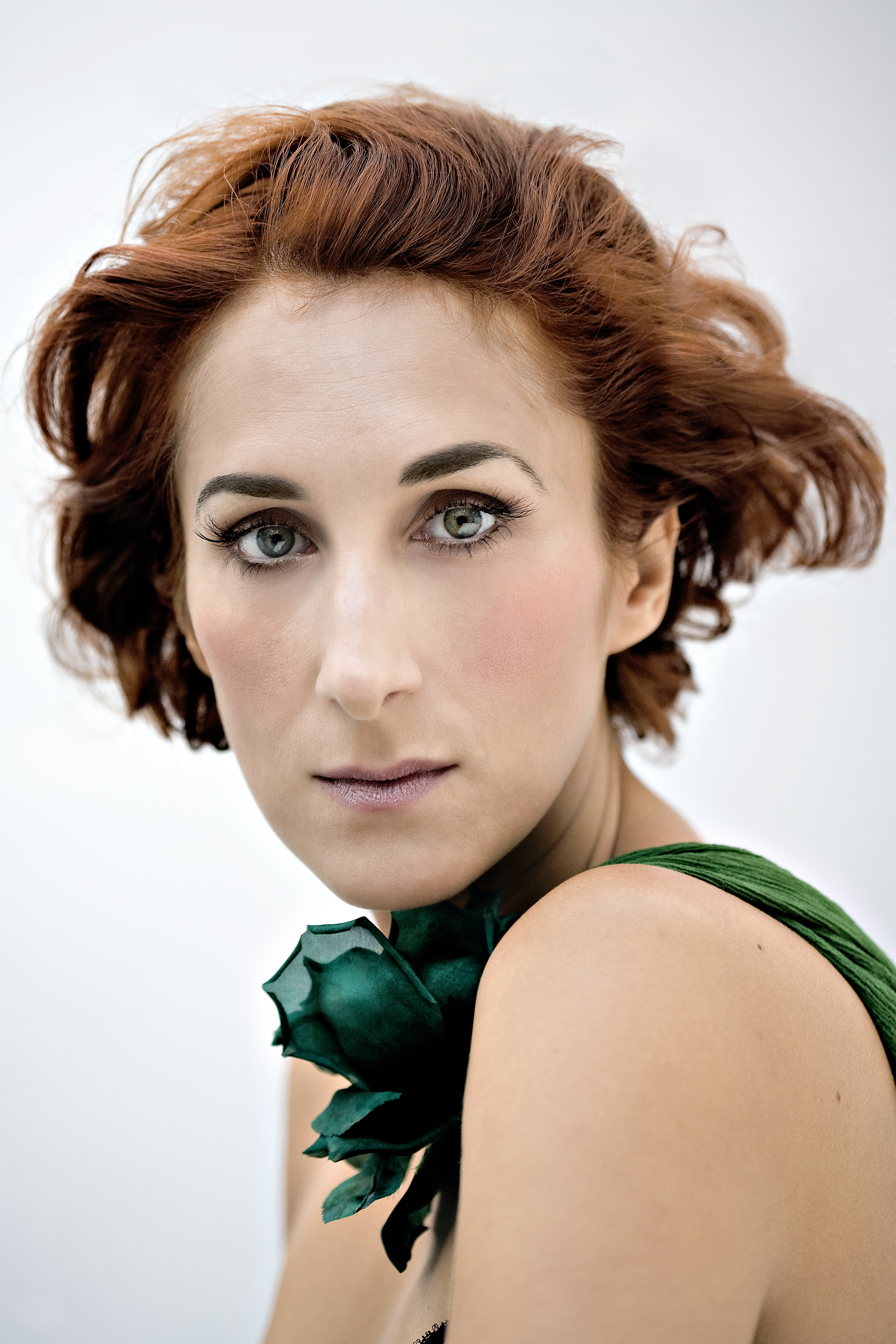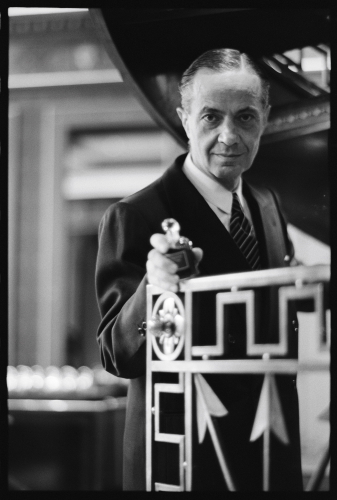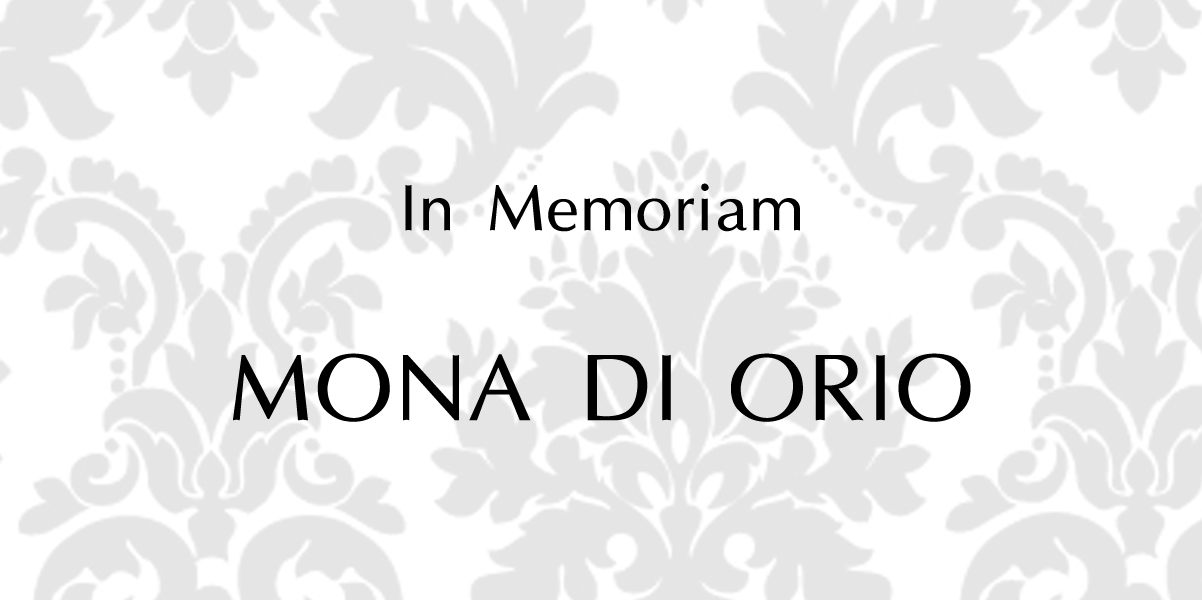Interview with Mona di Orio
By Cristiane Gonçalves
September 10, 2011
All content included on this site, such as text, graphics, logos, icons, videos and images is the property of The Perfume Magazine, LLC. or its content suppliers and protected by United States and international copyright laws. The compilation of all content on this site is the exclusive property of The Perfume Magazine, LLC. and protected by U.S. and international copyright laws.
The Perfume Magazine Banner was designed exclusively by GIRVIN and is the property of The Perfume Magazine, LLC.
All images appearing in the banner are registered trademarks of their respected company and are used with permission. Additional Banner information can be found on our ABOUT page.
© Copyright. 2011. All Rights Reserved. The Perfume Magazine LLC
With my perfumes you create stories and memories. I reveal and unlock the essence of emotions that populate my dreams and imaginations. A good perfume will surprise before touching the heart deeply, slowly it will give you its soul as it evolves and reveals its final notes. Perfume is like poetry. It must stimulate and create passion instantly. - Mona di Orio
In this debut issue of The Perfume Magazine, we give a warm welcome to Mona di Orio.
CG: Mona, what led you to become a perfumer?
It was definitely my childhood! I have some wonderful olfactory memories; I used to visit my grandparents in the South of France each holiday and their little garden was my aromatic heaven! I was so attracted by all of the scents but most particularly the ones from this Mediterranean garden near the vineyards, the scrubland and the sea. It would take at least two pages if I begin to describe exactly what I smelled back then. I keep remembering all the fragrances so strongly, so deeply and all I have to do is close my eyes and I can still smell everything in my head. Our nose is such an unbelievable instrument! I was and I’m still fascinated by all of the fragrances. I always knew somewhere, somehow that one day I would be able to work with the perfumes and today I have the endless pleasure of being able to realize my childhood dream.
CG: Is there some remarkable fragrance memory, which is recurrent in your life, that is, always following you as a part of your perfumery (if not, please tell us your favorite scent memories)
My strongest scent memory is: When the sun went down my grandmother and I went to spray her garden, a magic ceremony for the little girl I was with the smell of the water seeping into the ground, the damp geranium leaves fragrance so intense and so strange. This earthy and deep perfume overtook the atmosphere and I was completely moved each time I smelled it. I continue to feel it whenever I crossed a damp garden. That memory is like a gift for me.
I have almost the same sensation when I smell a beautiful vetiver essential oil. I consider it be an unconscious bridge back to my childhood! Maybe is for this reason that I can’t stop using it into my formulas for it is the invisible, symbolic, scented link.
CG: How do you organize your perfume making process around your inspirations, creativity, raw materials, etc.?
I consider a perfume to be like a story; my words are my perfume notes. I have to write to reach a beautiful harmony with my own scented vocabulary and through my writing I translate my feelings, my dreams and my fantasies.
My inspiration seems to come from many different sources. For example Lux, the first perfume that I have created symbolizes the park where I was working in Cabris (a little village on the tip of Grasse) in Edmond Roudnitska’s garden. For the Vanilla, I’m inspired by the story of an old ship sailing the seas and transporting barrels of rum, orange, vanilla and ylang ylang.
A book, a painting, a word, a meeting, all of these different subjects could contain a key to open the doorway to my creativity. Concerning the choice of my raw materials, it’s always the same because I meticulously select only the best and most perfect quality of each ingredient.
CG: Do you have a style of perfumery, something that serves as the fingerprint of Mona Di Orio?
Well my fingerprint could be my own choice of the natural raw materials I love to use, how I approach and harmonize them and the way I write my formulas. Of course I especially enjoy some essential oils and synthetic ingredients (votive, bergamot, jasmin, benzoin, opoponax, hedione, hexyl cinnamaldehyde, geranyle acetate) and I take a lot pleasure using them, exploring their different facets to discover what I want to express. I can play down a facet of one and emphasize another; it’s really complex but terribly exciting! But I think also that as with certain painters some noses could have different periods; for example think of Picasso with his blue or pink period!
Since my Grey Line period, I've moved into my Red Line period with Les Nombres d’Or; by my demand the quality of the ingredients is the same but I have a different approach, a different objective. I chose some classical themes to express such as the Ambre, Vétiver or Cuir and I interpret them with my own sensibility, through my personal style. Looking to Music as an example, how many incredibly different musical scores have been written with the same notes!
CG: You have the unique gift of having enjoyed Monsieur Edmond Roudnitska as your mentor. Could you tell us what were the most unforgettable teachings from him, something very special that you keep close in your fragrant memories?
He was my teacher for the least nine years of his life. I had training that was very different from the classes that you could have at a perfume school. What it was unbelievable is that I had the whole park for my model, each time I had to study a flower or a plant and follow its blooming cycles. I was able to stroll in the garden to pick-up any flower and smell it again and again to capture its perfume to learn to reproduce it and it was such a great experience. He always pushed me to be very demanding, patient, and extremely meticulous, but he also requested that I read many philosophy and art books to develop my critical mind. It was a wonderful privilege to be able to smell the finest quality natural raw materials and later, to be able to recognize and to select the ones that we would buy for our creations. It was the best school, certainly one of the most difficult but definitely the very best one.
CG: Your fragrances are more modern than classic. Is there some main feature in the classic heritage métier of Edmond Roudnitska that you would like to add and/or have added to your fragrance creations?
Foremost we have to consider the many elements that I believe define the differences between my fragrances and those of Monsieur Roudnitska.
First, I consider that a beautiful fragrance is timeless.
The list of ingredients that I can use changes each year as IFRA imposes new rules and every year new ones are suppressed ostensibly because they could be potentially dangerous. Some new molecules appear every year but they are not always interesting, so the products are not exactly the same, the environment that I create them in is different and my approach is much more feminine.
I’m consistently very demanding when I choose the raw materials I use in my creations while taking all the time necessary to reach the quality I expect. But our styles are different and for me when you admire and respect someone the best way to honor them is not to copy or create the same mood as theirs, but instead to create beautiful perfumes in my own style.
CG: To become a nose, what were the main challenges that you had to face and among the fragrances you have created, which was the most challenging in its creation?
When I knew that I wished to become a nose I went to Grasse to knock on all of the factories perfume doors!
I was 17 years old, excited and so passionate. The answers were almost all the same; you don’t have any heritage in this profession, it's not at all easy, you don’t have any knowledge of chemistry and you know this vocation is more masculine. I couldn't escape their biased overtones; used of course because I was a girl.
But I was not disheartened at all as my faith and my passion were too huge to ignore. I was sure that I was to meet the right person at the right moment, someone who would educate my nose. It was a long and uncertain journey, but in the end I met Monsieur Edmond Roudnitska and 3 years after our first meeting, he asked me to become his pupil.
Until recently the most difficult perfume I have created was Oud. I had to tame the wildness of the oud essential oil as it’s a very unique resin and I wanted to find the perfect balance between all of my different and beautiful ingredients, like the absolute of osmanthus, the elemi resin, the nagarmotha essential oil all the while building the most subtle harmonies. I spent many months, working and smelling and I found it and what a wonderful feeling it was to finally reach the olfactory shape that I had built in my mind; that moment when suddenly I was able to smell it on the blotter, when they were perfectly identical to each other, the perfume and my mental image.
CG: You made a fragrance in homage to Serge Lutens, Nuit Noire.
How has Serge Lutens influenced your work?
In October 1995, I went to hear Monsieur Serge Lutens give a lecture in Grasse and I was very curious to meet him. Several months ago I was in Paris, visting his perfumery boudoir at Le Palais Royal and smelling some very unusual and marvelous fragrances. I was more than charmed, I was captivated. I can’t say absolutely that he directly influenced my work, but as I listened to someone who expressed what I felt deeply, I recognized my own development through his comments; the same will, to make people feel and dream. I felt encouraged to continue in the direction I expected and to dare to be different more than ever.
It was a beautiful meeting, a great lecture and I wanted to pay homage to him, and it was also a nod to one of his first fragrances and so I dedicated Nuit Noire to him.
CG: You love Art. Among all the arts, where are your main sources for inspiration and how do you connect them to perfumery?
Well, let’s say literature and painting and after that would come music and architecture. The connection is a kind of translation, an interpretation of my olfactory vocabulary. This famous synesthesia mentioned by Baudelaire so nicely in his poem Correspondences: "les parfums, les couleurs et les sons se répondent." (The perfumes, the colors and the sounds answer to each other) His poems contain such evocative power, each reading of them brings me back to a particular fragrance and it's always such a pure and deep pleasure for me to read him.
CG: Do you have some dream project for your perfumery? Something you still have not had the chance of working on?
I have so many ideas and not enough time to realize all of them! But first I would like to continue with Les Nombres d’Or, creating some new fragrances for this range but I also have several other projects that I'm contemplating.
CG: About your new fragrance Oud, how was this fragrance was born?
When I smelled a sample of Oud essential oil for the first time several years ago, I was not very enthusiastic about it, I didn’t understand at that moment why this raw material was so popular and suddenly so trendy. However last year my provider sent me another sample, the best quality he had ever received; an Oud essential oil from Laos and then I discovered something I didn’t expect at all!
It was such a raw material, so incredible and mysterious with such a strong aura and magical silage, amazingly complex and different. So I decided to work with it and I searched to find another ingredient with a strong identity to marry with it, because I wanted to seduce the Oud, to make it even more mystical and enchanting.
My perfect ingredient was absolute of Osmanthus, a flower from China that has a deep and warm fragrance of jasmine and apricot jam which is so terribly different from the Oud, but I discovered in an instant that they matched so perfectly. It was long research and it took me a while before I was able to achieve it and find the ideal balance, but I was so happy when finally it happened!
CG: Please share a special message for perfume lovers, mainly the people who have followed you and loved your work.
First, I want to thank all of them very warmly and tell them that my strongest wish is to continue to make them dream and travel, to make them feel and love.
Thank you so much, Mona, for this wonderful interview!
The Perfume Magazine learned of the passing of Mona di Orio on December 9, 2011. Mona was a true creative innovator and phenomenal niche perfumer. Her passion and love for perfume will forever live on in her incredible body of work.
___________________

